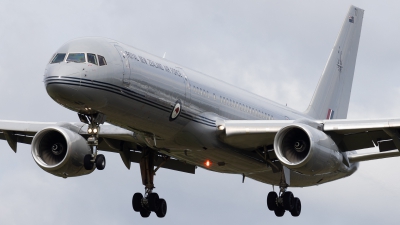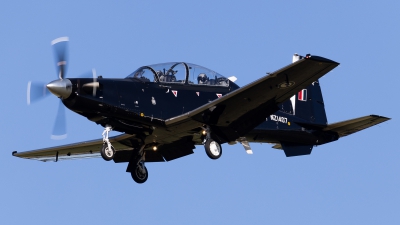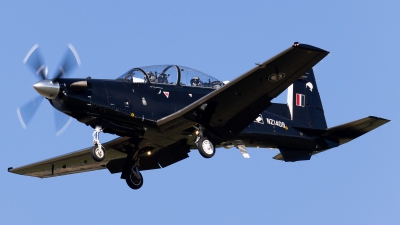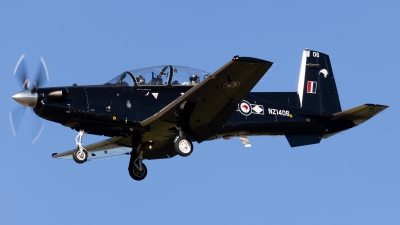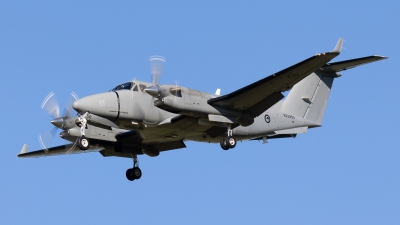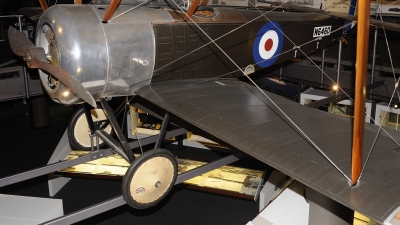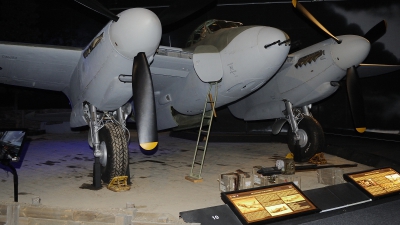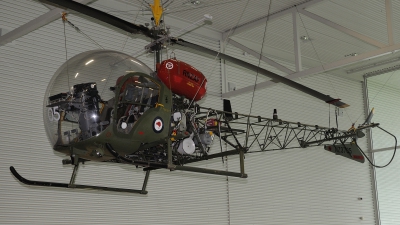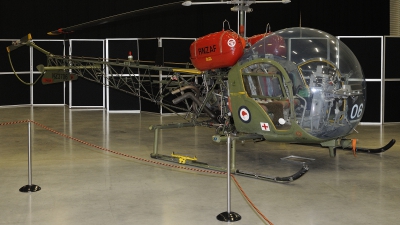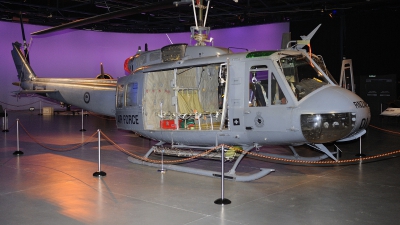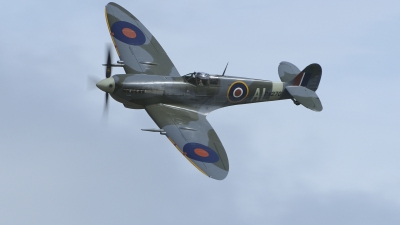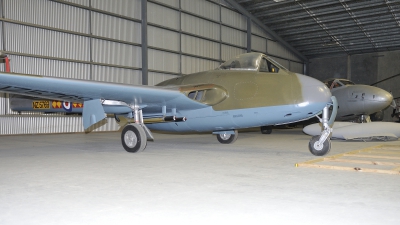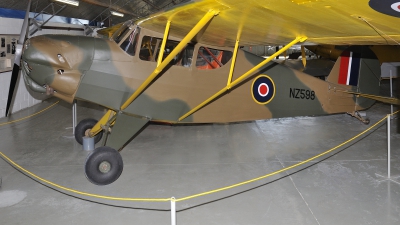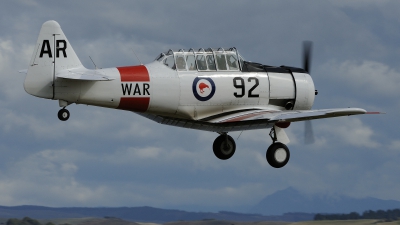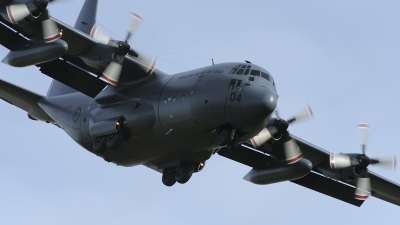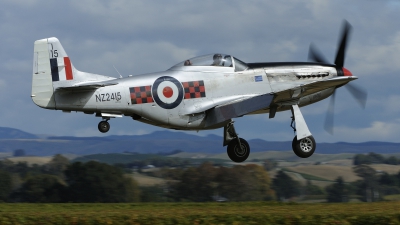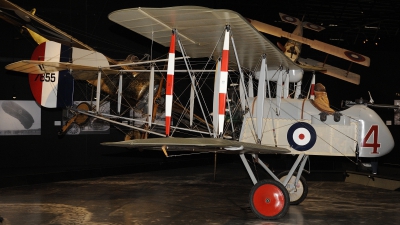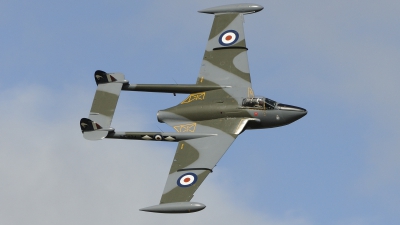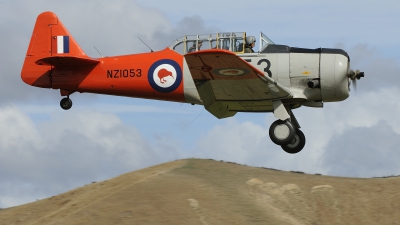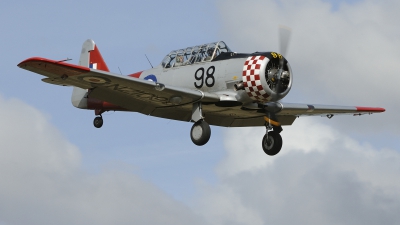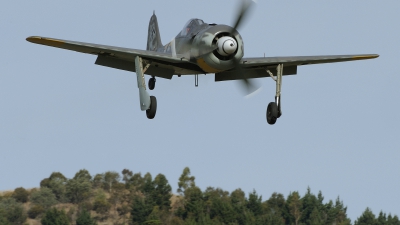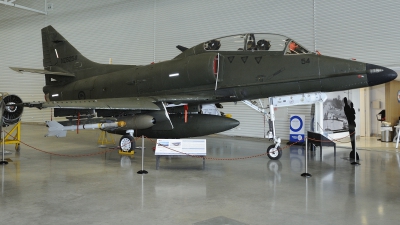- Air Force: New Zealand - Air Force
- Aircraft: Boeing 757-2K2
- Registration: NZ7571 (cn 26633/519)
- Views: 86
- Location: Whenuapai (NZWP) , New Zealand March 21, 2024
- Air Force: New Zealand - Air Force
- Aircraft: Raytheon Texan T1 (T-6C)
- Registration: NZ1407 (cn PM-45)
- Views: 86
- Location: Ohakea (OHA / NZOH) , New Zealand March 18, 2024
- Air Force: New Zealand - Air Force
- Aircraft: Raytheon Texan T1 (T-6C)
- Registration: NZ1409 (cn PM-53)
- Views: 77
- Location: Ohakea (OHA / NZOH) , New Zealand March 18, 2024
- Air Force: New Zealand - Air Force
- Aircraft: Raytheon Texan T1 (T-6C)
- Registration: NZ1406 (cn PM-44)
- Views: 92
- Location: Ohakea (OHA / NZOH) , New Zealand March 18, 2024
- Air Force: New Zealand - Air Force
- Aircraft: Beech Super King Air 350i
- Registration: NZ2350 (cn FL-897)
- Views: 105
- Location: Ohakea (OHA / NZOH) , New Zealand March 18, 2024
- Air Force: UK - Navy
- Aircraft: Sopwith Pup (Replica)
- Registration: G-BIAT / N6460 (cn SS/SPR/001)
- Views: 127
- Location: Off-Airport - Wigram , New Zealand April 12, 2023
On display in the Caldwell Gallery is replica Pup N6460 in the colours of No. 3 (Naval) Squadron RNAS, which was flown by New Zealander Captain Harold Francis Beamish, DSC, during June and July 1917. Beamish survived the war with 11 victories.
- Air Force: Private - Aviation Heritage Centre
- Aircraft: De Havilland DH-98 Mosquito FB.VI
- Registration: NZ2336 / TE910 EG-D Aircraft Info
- Views: 177
- Location: Omaka (NZOM) , New Zealand April 3, 2023
NZ2336/TE910 is painted in honour of the crew of Mosquito FB.VI NT131/EG-D of No.487 (New Zealand) Squadron, F/O Ronald Beazer, RNZAF, and navigator P/O Andy Munro, RAFVR. During Classic Fighters 2023 she had both Merlin 25s running.
- Air Force: New Zealand - Air Force
- Aircraft: Bell 47G-3B-1
- Registration: NZ3705 / 05 (cn 6518)
- Views: 132
- Location: Off-Airport - Wigram , New Zealand April 12, 2023
One of two Bell 47’s on display at the Air Force Museum is NZ3705. The Sioux was the first helicopter to enter RNZAF service, with the first batch joining newly-formed No.3 (Battlefield Support) Squadron at Hobsonville in December 1965 and January 1966.
- Air Force: New Zealand - Air Force
- Aircraft: Bell 47G-3B-1
- Registration: NZ3706 / 06 (cn 6519)
- Views: 105
- Location: Off-Airport - Wigram , New Zealand April 12, 2023
The last remaining Sioux helicopters left RNZAF-service in 2012. NZ3706 was initially retained for the RNZAF Historic Aircraft Flight at RNZAF Base Ohakea, but eventually came to the Air Force Museum of New Zealand, Wigram, in November 2021.
- Air Force: New Zealand - Air Force
- Aircraft: Bell UH-1H Iroquois (205)
- Registration: NZ3801 / 01 (cn 4812) Aircraft Info
- Views: 143
- Location: Off-Airport - Wigram , New Zealand April 12, 2023
NZ3801 joined No.3 Squadron in June 1966 and was upgraded to UH-1H in the mid 70’s. Amongst the many duties, NZ3801 saw overseas service in support of UN-operations in East Timor early in the new millennium, marked ‘UNO-075’ and later 'UNO-077'.
- Air Force: Private - The Biggin Hill Trust
- Aircraft: Supermarine 361 Spitfire LF.IXc
- Registration: ZK-SPI / PV270 / AL (cn CBAF.IX3128) Aircraft Info
- Views: 189
- Location: Omaka (NZOM) , New Zealand April 9, 2023
ZK-SPI made her first flight on the 18th of March 2009, in the hands of recently retired warbird pilot Keith Skilling. The ‘Al Deere’ Spitfire has graced the New Zealand skies ever since. PV270 is flown here at Omaka Classic Fighters by S/L Sean Perre
- Air Force: New Zealand - Air Force
- Aircraft: De Havilland DH-100 Vampire FB.5
- Registration: NZ5769
- Views: 117
- Location: Ashburton (ASG / NZAS) , New Zealand November 11, 2010
This aircraft had served with No.118 Squadron, RAF, serialled WA306, before transferring to the RNZAF as NZ5769. The aircraft is in No.75 Squadron colours. In the background is Vampire T.11 NZ5707.
- Air Force: New Zealand - Air Force
- Aircraft: Porterfield Aircraft Corporation 35W
- Registration: ZK-APJ / NZ598 (cn 316)
- Views: 179
- Location: Ashburton (ASG / NZAS) , New Zealand November 11, 2010
Imported in 1938 by the Hawkes Bay and East Aero Club, in May 1940, the 35W was impressed into RNZAF-service as NZ581. After a brief spell in civilian hands as ZK-AHJ, she was re-impressed as NZ598, serving with No.42 Squadron. Post war she became ZK-APJ.
- Air Force: Private
- Aircraft: North American Harvard III
- Registration: ZK-WAR / NZ1092 / AR-92 (cn 88-16506)
- Views: 198
- Location: Omaka (NZOM) , New Zealand April 6, 2023
Shipped to New Zealand in July 1944, NZ1092 began a long life in the RNZAF and joined the NZ Warbirds scene as ZK-WAR in September 1978. The Harvard (ex USAAF 42-84725; ex RAF EZ361) is based at Ardmore.
- Air Force: New Zealand - Air Force
- Aircraft: Lockheed C-130H Hercules (L-382)
- Registration: NZ7004 (cn 382-4312) Aircraft Info
- Views: 241
- Location: Omaka (NZOM) , New Zealand April 6, 2023
NZ7004 performing a Khe Sanh-approach and swooping in low over the Wither Hills for a touch-and-go on RWY-30. The venerable 40 Squadron machine was based at nearby RNZAF Base Woodbourne as support aircraft for the RNZAF Kiwi Blue Parachute display Team.
- Air Force: Private
- Aircraft: North American P-51D Mustang
- Registration: ZK-TAF / NZ2415 (cn 122-41369)
- Views: 259
- Location: Omaka (NZOM) , New Zealand April 6, 2023
Graham Bethell’s P-51D-30NA is ex USAAF 44-74829 and ex RCAF 9265. The Mustang is in the c/s of No.3 (Canterbury) Squadron. The original NZ2415 served briefly with this unit from June 1952 until a landing accident at Wigram on 23 January 1954.
- Air Force: Private - Aviation Heritage Centre
- Aircraft: Airco DH.2 (Replica)
- Registration: ZK-JOJ / 7855 / A-4 (cn 100)
- Views: 258
- Location: Omaka (NZOM) , New Zealand April 3, 2023
No.24 Squadron, RFC, operated the DH.2 from January 1916 until June 1917 from bases in France, including St. Omer, Bertangles, Chipilly and Flez. The original aircraft was part of a batch of 100 built by the Aircraft Manufacturing Co. Ltd. in Hendon.
- Air Force: Private - Wanganui Sea and Air Charter (2006) Ltd
- Aircraft: De Havilland DH-112 Venom FB50
- Registration: ZK-VNM / WE434 / L (cn 840)
- Views: 260
- Location: Omaka (NZOM) , New Zealand April 9, 2023
ZK-VNM ‘WE434/L' is in the colours of No.14 Squadron, RNZAF, as based at RAF Tengah, Singapore, during the ‘Malayan Emergency’. The RNZAF’s Venoms were on loan from the RAF and were returned when No.14 Squadron was withdrawn to New Zealand in 1958
- Air Force: Private
- Aircraft: North American Harvard IIb
- Registration: ZK-JJA / NZ1053 (cn 88-13910)
- Views: 193
- Location: Omaka (NZOM) , New Zealand April 6, 2023
Harvard IIa NZ1053 (ex USAAF 41-33769; ex RAFEX796) is owned by the Harvard 53 Syndicate, Auckland. The Mark IIa Harvards were originally delivered with wooden rear fuselages and tailplanes, but these were later replaced by metal components.
- Air Force: Private
- Aircraft: North American Harvard III
- Registration: ZK-ENJ / NZ1098 (cn 88-17010)
- Views: 218
- Location: Omaka (NZOM) , New Zealand April 6, 2023
ENJ of the Roaring Forties Team. The red and white checkers once graced the Harvards of the RNZAF Red Checkers, formed in 1967: the first Checkers were F/L Thomas Lambert, F/L Roger Henstock, F/L Robin Klitscher, F/O Dick Metcalfe, and F/L Ken Gayfer.
- Air Force: New Zealand - Air Force
- Aircraft: Schleicher KA-4 Rhönlerche II
- Registration: ZK-GBQ (cn 392/58)
- Views: 207
- Location: Off-Airport - Wigram , New Zealand April 12, 2023
Before coming to No.11 Squadron of the Air Training Corps, Hastings, in December 1975, this Rhönlerche had seen service with respectively the Tauranga and Waipukurau Gliding Clubs since her arrival in New Zealand in 1958.
- Air Force: Private
- Aircraft: North American Harvard IIa
- Registration: ZK-MJN / NZ1052 (cn 88-13909)
- Views: 201
- Location: Omaka (NZOM) , New Zealand April 6, 2023
Harvard IIa NZ1052 (ex USAAF 41-33768; ex RAF EX795) is based at Ardmore and wears the yellow and black checkers of No.2 (Wellington) Territorial Air Force Squadron.
- Air Force: Private - Chariots of Fire Fighter Collection
- Aircraft: Focke-Wulf FW-190A-8/N (Replica)
- Registration: ZK-RFR (cn 990001)
- Views: 301
- Location: Omaka (NZOM) , New Zealand April 6, 2023
Frank Parker in ZK-RFR on finals to RWY-30 with flaps down and reducing the speed to around 85 kts when over the fence. Despite the wide-track undercarriage landing requires utmost attention of the pilot. Parker prefers a tail-down wheeler landing.
- Air Force: New Zealand - Air Force
- Aircraft: Douglas TA-4K Skyhawk
- Registration: NZ6254 / 54 (cn 14097) Aircraft Info
- Views: 287
- Location: Off-Airport - Wigram , New Zealand April 12, 2023
NZ6254 joined No.2 Squadron at RNZAF Base Ohakea when the unit reformed in December 1984. This aircraft became the 2-seat prototype for Project Kahu. Note the unit badge on the top of the fin. On the port side is the tiki of No.75 Squadron.



